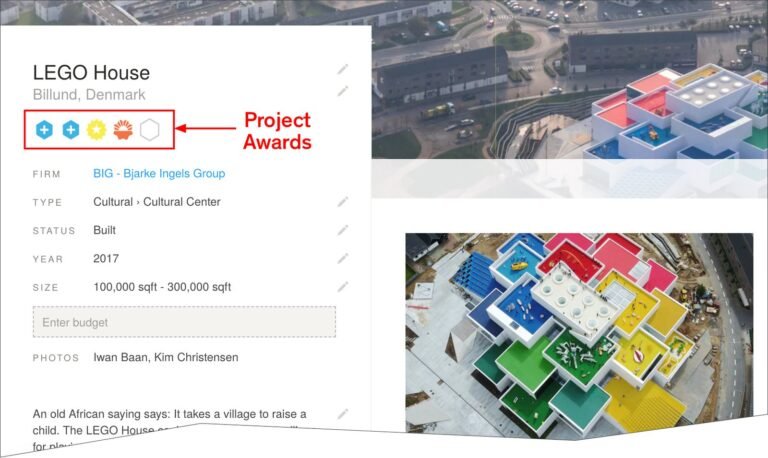Home Trends 2023: Furniture “Sweaters” and Four Other Things WGSN Is Hyping
Things are changing fast in the world around us. As higher living costs, recessionary markets, and climate change increasingly impact our daily lives, we are having to rethink the ways in which we consume products and activate our surroundings. London-based forecasting agency WGSN has given AD PRO a first look at its Key Interior Trends for 2023 white paper, which will publish early next month. The report outlines five key home trends for 2023—sweaters for furniture, a solar energy revolution, the entryway update, jewelry for the home, and all-inclusive design—set to inform how we shape our interiors. It’s clear that planned obsolescence and constantly buying furnishings anew are out, while resourcefulness and adaptation are in.
“The next [few] years will be challenging, but they will also offer a unique chance—indeed, an imperative—to innovate,” says Carla Buzasi, WGSN president and CEO. “Periods of change and economic uncertainty can be the best time to refine old products, create new ones, and expand into new markets.” Manufacturers and homeowners need not fret: There are ways to succeed in this new landscape. Thrive, even.
According to the report, we’ll be looking to introduce furnishings and accessories that are durable and flexible enough to wear multiple hats, so to speak. Interchangeable fabrics and upholstery will allow homeowners not only to coordinate with different seasons but mix and match based on changing aesthetic fads. And with a fresh textile facelift, older objects can find new life.
Become an AD PRO member for on-demand access to our recent 2023 Trend Report and much more.
In a similar spirit, inexpensive accents like hardware, mirrored surfaces, and stained glass will make a world of difference in updating interiors and making them feel more luxurious.
Along with the rise of refillable beauty and biodegradable cleaning products, the regenerative and low-waste home will reflect increasingly strict sustainability standards—as well as tightening budgets. Though consumers will spend more time working and playing in the digital sphere, physical spaces will reflect our own personal tastes, incorporating crafted, homemade objects that are more imperfect and sentimental.
One place for inexpensive yet impactful improvements will be the foyer. As a calling card for the rest of the house, these transitional environments welcome family and friends arriving for festivities, and set the tone for their visit. Vital spaces for essential items and storage, these rooms can also play host to highly personal objects. Designers should consider, too, how they can support a wide range of users through accessible solutions like floor-leveling mats and sound-absorbing acoustics.
Undoubtedly, green design will dominate how we fit out our homes moving forward. Reducing waste, and making more of what we already have, are considerations. So is energy use. With 64 percent of people wanting to be more mindful of the planet and environment and another 89 percent saying it’s important to buy or rent an energy-efficient property, rapid advancements in solar technology will have a major impact next year.
Long gone are the days of simply relying on old-school photovoltaic panels. A slew of new products from rolled solar shingles to DIY solar-power kits and complementary solutions like hyperefficient insulation and even personal climate-control garments will make this technology even more accessible. WGSN is forecasting that the solar industry will see a boom in 2023, especially in the face of major energy cost uncertainties. The first relatively affordable, fully integrated solar cell and self-charging car—Sono Motors’ Sion—is set to hit the market in the next year or so.
“These predictions are the result of a number of factors,” says Gemma Riberti, head of interiors at WGSN. “We constantly monitor the signals of change that will impact how consumers think, feel, and behave. All these trends can be implemented in ways that engage them across the board, not just what they might purchase but also, for instance, inform an experience they might seek.” For her, these trends will also lend themselves to other sectors, as the traditional boundaries between hospitality, retail, work, and the home continue to blur. There are many soon-to-be release solutions set to accompany the home of the future.



